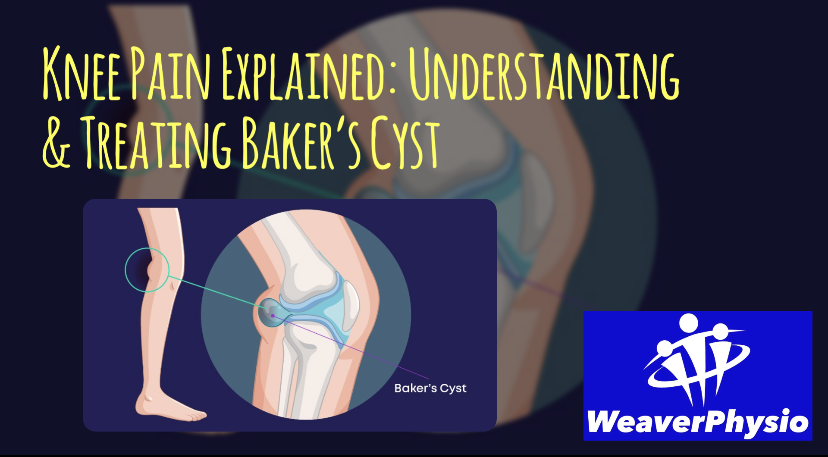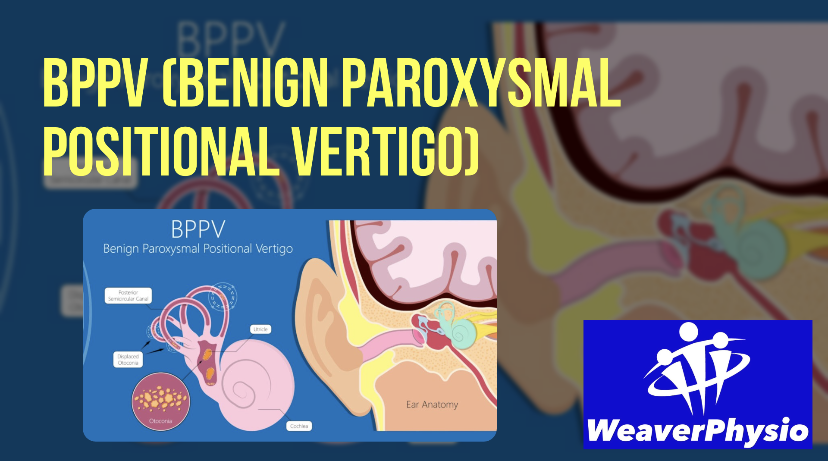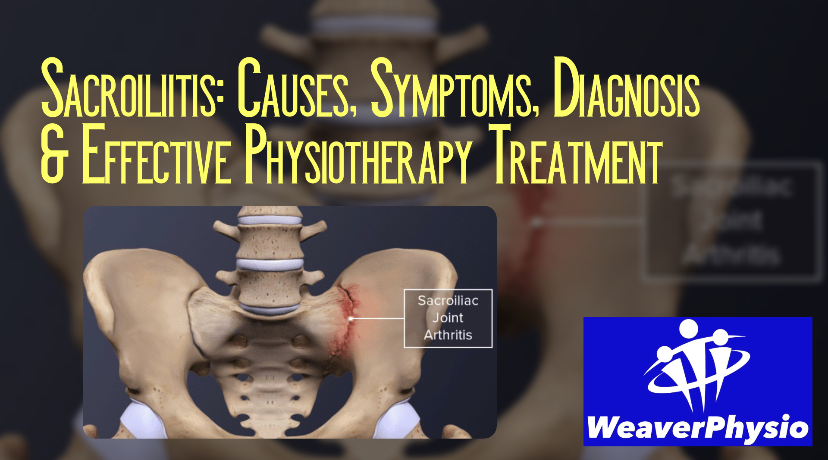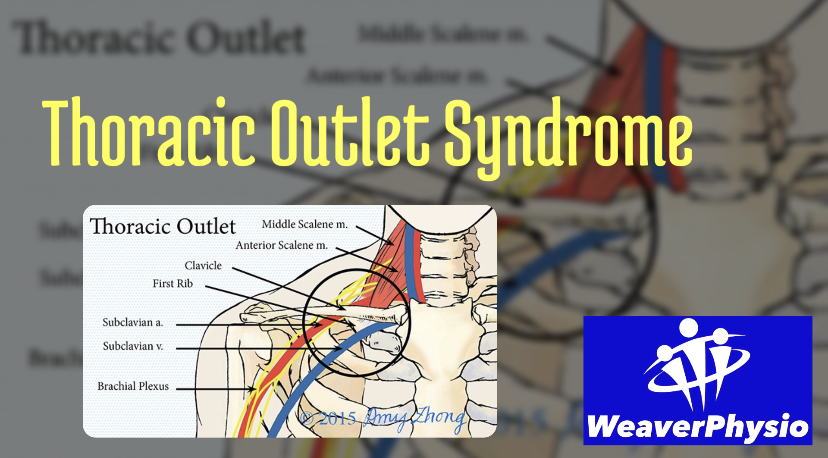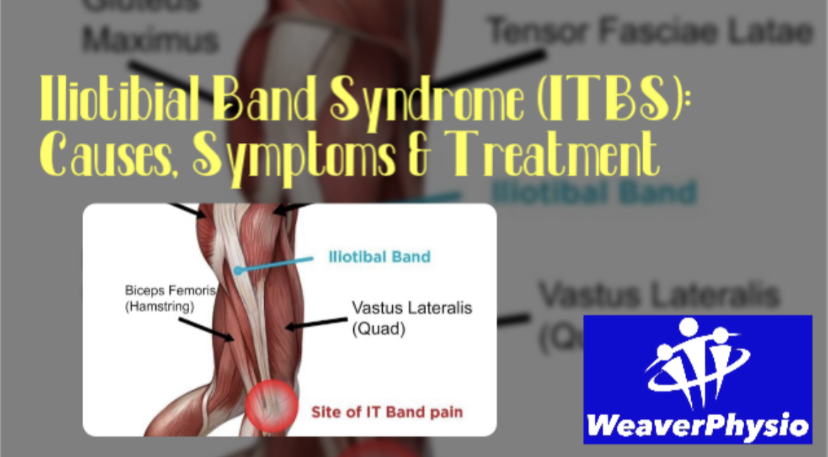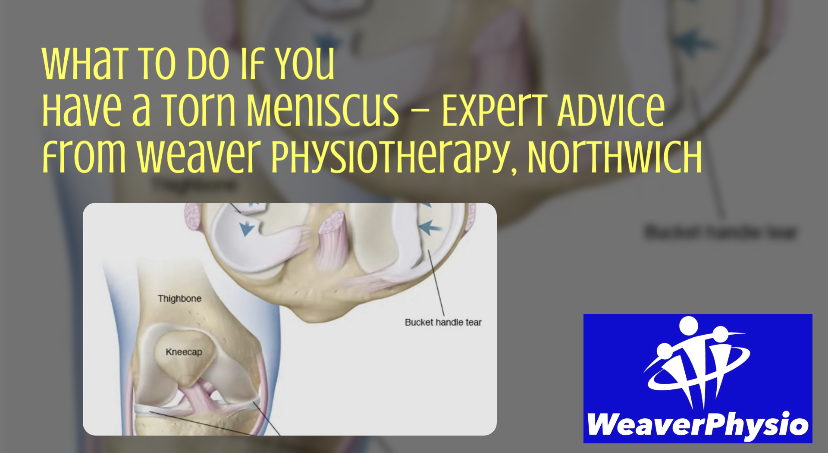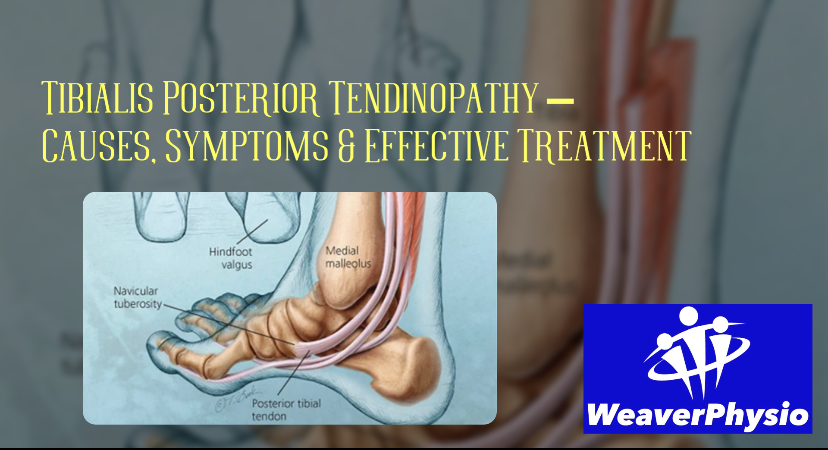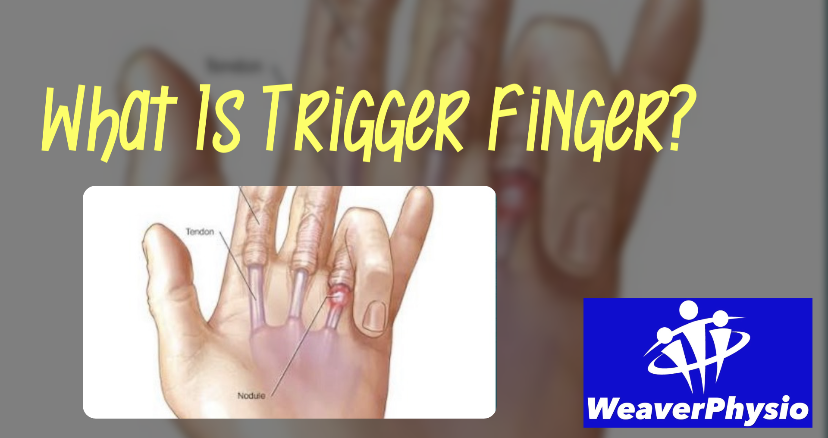Long Head of Biceps Tendinitis: Causes, Symptoms, treatment & Physiotherapy in Cheshire
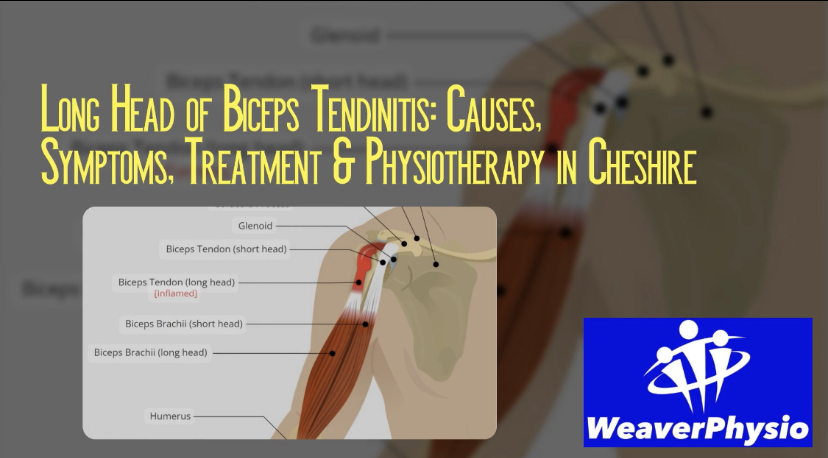
Shoulder pain is one of the most common musculoskeletal complaints we see at Weaver Physiotherapy & Sports Injury Clinic in Northwich, Cheshire. Among the many conditions that can affect the shoulder, Long Head of Biceps Tendinitis (LHBT) is a frequent source of pain, stiffness, and reduced function – especially in athletes and active individuals.
If you’ve noticed pain at the front of your shoulder that worsens with lifting, reaching, or overhead activity, you may be experiencing inflammation of the biceps tendon. The good news is, with early diagnosis and expert physiotherapy management, this condition can be successfully treated – allowing you to get back to sport, training, and everyday life without pain.
In this blog, we’ll explain:
• What the long head of the biceps tendon is
• The main causes and risk factors for tendinitis
• Common symptoms and warning signs
• How it is diagnosed
• Treatment and rehabilitation options at Weaver Physio
• Tips to prevent recurrence and protect your shoulder
Understanding the Long Head of the Biceps Tendon
The biceps muscle has two tendons at the shoulder:
• Short head – attaches to the coracoid process at the front of the shoulder blade.
• Long head – runs through the shoulder joint itself, attaching to the top of the glenoid (shoulder socket).
Because the long head of the biceps tendon passes through a narrow groove and is closely associated with the rotator cuff, it is more vulnerable to irritation, inflammation, and injury.
Its function is to:
• Assist in shoulder flexion (lifting the arm forward).
• Contribute to shoulder stability, particularly with overhead movements.
• Aid in supination (turning the palm upwards).
When overloaded or irritated, the tendon can become inflamed, leading to tendinitis. If not treated properly, this may progress to tendon degeneration (tendinopathy) or even partial tears.
Causes of Long Head of Biceps Tendinitis
At Weaver Physio, we often see long head of biceps tendinitis linked to repetitive overuse, poor biomechanics, or secondary shoulder problems.
1. Overuse & Repetitive Movements
• Repeated overhead activity (e.g. swimming, tennis, cricket, weightlifting).
• Heavy lifting in the gym without correct technique.
• Throwing sports that stress the tendon.
2. Shoulder Impingement & Rotator Cuff Dysfunction
The biceps tendon often works in partnership with the rotator cuff. Weakness, imbalance, or injury in the cuff can increase strain on the tendon.
3. Poor Posture
Rounded shoulders and forward head posture (common in office workers) can narrow the bicipital groove, irritating the tendon.
4. Age-Related Degeneration
As we age, tendons naturally lose some elasticity and become more prone to inflammation or microtears.
5. Direct Trauma
A fall, awkward lifting, or sudden jerk to the arm may trigger tendinitis.
Symptoms of Long Head of Biceps Tendinitis
The hallmark symptom is pain at the front of the shoulder, but several features can help identify LHBT tendinitis:
• Sharp or aching pain at the anterior shoulder.
• Pain aggravated by lifting, carrying, or overhead reaching.
• Tenderness when pressing on the bicipital groove (front of the shoulder).
• Discomfort when turning the palm upward against resistance (supination).
• Possible clicking or catching sensation in the shoulder.
• Weakness when lifting objects or performing overhead movements.
In severe or chronic cases, swelling and reduced range of motion may also be present.
Diagnosing Biceps Tendinitis
At Weaver Physiotherapy & Sports Injury Clinic, our expert clinicians use a combination of:
• Clinical history & symptom analysis – understanding your activity, pain pattern, and injury history.
• Physical examination – testing shoulder movement, strength, and palpating the tendon.
• Special tests – such as Speed’s test or Yergason’s test to reproduce symptoms.
• Referral for imaging (if required) – ultrasound or MRI may be suggested to rule out rotator cuff tears, labral pathology, or joint issues.
Accurate diagnosis is essential, as anterior shoulder pain may also be caused by conditions like rotator cuff tendinopathy, impingement syndrome, labral tears, or osteoarthritis.
Treatment for Long Head of Biceps Tendinitis
At Weaver Physio, we provide individualised, evidence-based treatment plans designed to:
1. Reduce pain and inflammation.
2. Restore shoulder movement and strength.
3. Correct underlying biomechanical issues.
4. Prevent recurrence and future injury.
1. Early Stage: Pain Relief & Inflammation Control
• Rest & activity modification – avoiding aggravating movements.
• Ice therapy – reduces acute inflammation.
• Manual therapy – soft tissue release, joint mobilisation.
• Taping techniques – to offload the tendon.
2. Physiotherapy & Rehabilitation
• Targeted strengthening – rotator cuff, scapular stabilisers, and core muscles.
• Stretching & mobility exercises – to restore range and reduce stiffness.
• Postural correction – improving alignment to reduce tendon stress.
• Progressive loading – gradually strengthening the tendon to handle daily and sporting demands.
3. Adjunct Treatments
• Shockwave Therapy – highly effective for chronic or stubborn tendon pain, stimulating healing.
• Acupuncture / Dry Needling – reduces pain and improves circulation.
• Sports & Deep Tissue Massage – eases tightness and improves blood flow.
4. Return to Sport & Prevention
• Video Gait & Movement Analysis – identifies biomechanical flaws.
• Strength & Conditioning Programmes – tailored to sport demands.
• Education & Training Advice – ensuring safe progression back to activity.
Recovery Timeline
Recovery depends on severity and treatment compliance, but typical timelines are:
• Mild tendinitis – 3 to 6 weeks with physiotherapy.
• Moderate cases – 6 to 12 weeks with progressive loading.
• Chronic / degenerative tendinopathy – 3 to 6 months, sometimes longer if associated with rotator cuff tears.
At Weaver Physio, our aim is not just pain relief but long-term recovery, ensuring you return to sport stronger and more resilient.
Preventing Biceps Tendinitis
Prevention is always better than cure. Our physiotherapists recommend:
• Warm up properly before sport or gym sessions.
• Strengthen rotator cuff and scapular stabilisers.
• Avoid excessive repetitive overhead movements.
• Correct poor posture, especially if working at a desk.
• Progress training gradually – avoid sudden load spikes.
• Include mobility and stretching in your routine.
Why Choose Weaver Physio for Shoulder & Sports Injuries?
At Weaver Physiotherapy & Sports Injury Clinic in Northwich, we pride ourselves on being Cheshire’s Sports Injury Specialists.
• 🏆 70+ years of combined clinical experience
• 🩺 Chartered Physiotherapists with advanced expertise in sports injuries
• 💪 Evidence-based treatment plans tailored to your body and goals
• 🌀 Specialist services including Shockwave Therapy, Sports Massage, Acupuncture, and Gait Analysis
• 📍 Conveniently located in Northwich, supporting patients from Knutsford, Winsford, Middlewich, Frodsham, Tarporley, and across Cheshire
We help athletes, gym-goers, office workers, and active individuals recover faster, prevent setbacks, and stay pain-free.
Book Your Appointment Today
If shoulder pain is holding you back, don’t wait for it to get worse. Early treatment is the key to faster recovery and avoiding long-term damage.
👉 Call 01606 227484 to book your appointment.
👉 Visit www.weaverphysio.com to learn more.
At Weaver Physio, we are your trusted partner in recovery, performance, and pain-free living.
